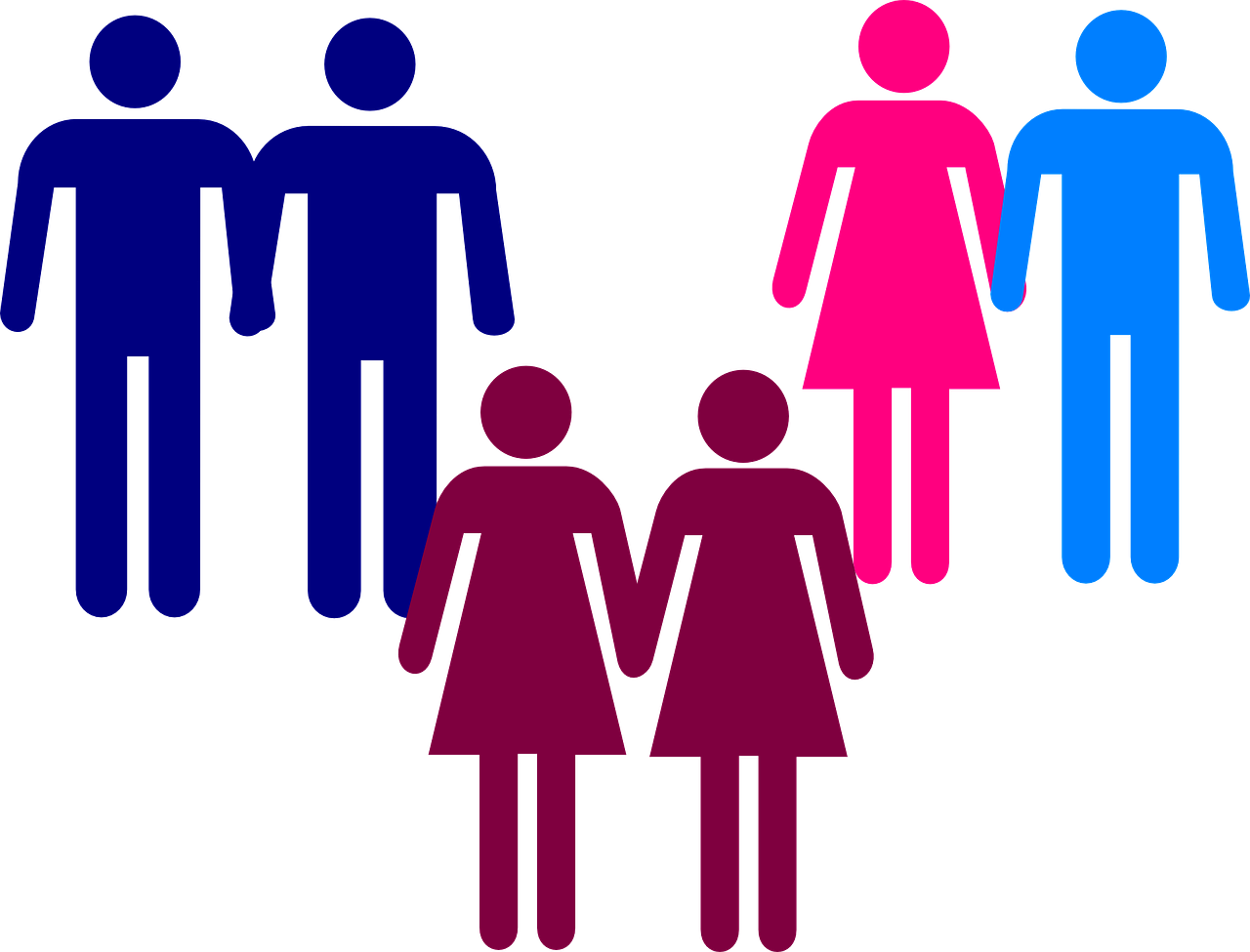The Science of “Gaydar”:
How Well Can We Detect Other People’s Sexual Orientation?
By Justin Lehmiller
Gaydar has been the subject of a fair amount of scientific controversy as of late. Some researchers have argued that it’s real, while others have claimed that it’s a myth. So which one is it?
Is gaydar really a thing and, if so, how accurate is it?
People talk about ‘gaydar’ as the ability to determine whether someone is gay based on their intuition about the person. What we’re talking about here are cases where people make inferences about others’ sexual interests in response to minimal information, such as the way someone dresses, walks, or talks.
Dr. Nicholas Rule, a social psychologist at the University of Toronto, published a paper earlier this year in the Archives of Sexual Behavior in which he reviewed the accumulated scientific literature on this topic. Below are of the major takeaways from his analysis.
-
Most scientific studies of gaydar suggest that there’s something to this idea. These studies have focused on very different types of sexuality cues, too. For example, people seem to be able to detect sexual orientation while listening to short audio recordings, but also while watching silent videos. In addition, they can detect sexual orientation from still images of faces that appear on a computer screen for just a fraction of a second. These wide-ranging findings suggest that gaydar can potentially pick up on everything from one’s looks to movements to speech patterns.
-
These sexual orientation inferences occur very quickly and seem to reflect automatic responses. In fact, when people are asked to think carefully before making a sexuality judgment, gaydar actually becomes less accurate. In other words, the more people think about it, the worse their gaydar is! This suggests that we don’t necessarily know what it is that we’re basing these determinations on. Further evidence for this point comes from studies in which people were asked why they made specific sexual orientation inferences. It turned out that they often lacked insight, especially when they only had very minimal information to go off of, such as a cropped image of a face that only showed a person’s eyes, nose, and mouth.
-
Some people seem to have more accurate gaydar than others. For instance, people who hold anti-gay views typically perform worse in gaydar studies; by contrast, sexual minorities and people who have more familiarity.
-
In a particularly fascinating study, researchers found that women’s gaydar was more accurate when they were ovulating than when they weren’t. Put another way, when women are at peak fertility, their ability to distinguish men who are gay from those who are straight appears to improve.
-
Most studies of gaydar involve asking people to make either/or judgments: is this person gay or is this person straight? However, in reality, there are far more than just two sexualities out there. So what happens when bisexual people are included in gaydar research? It turns out that people can’t seem to reliably distinguish them as a separate group. Also, when people are given the opportunity to guess a target’s sexuality on a spectrum—a la the classic Kinsey Scale—rather than making either/or decisions, gay and bisexual persons tend to be given pretty similar ratings. This suggests that gaydar really only distinguishes heterosexual from non-heterosexual, meaning it doesn’t necessarily help when it comes to making more fine-grained determinations.
-
Overall, gaydar helps people make sexual orientation inferences that are better than chance guessing; however, they are far from perfect. Most gaydar studies are set up so that participants would be correct 50% of the time were they to rely on chance guessing. Participants typically do quite a bit better than this, though, with average accuracy rates in the range of 62-64%. Some researchers believe that accuracy could potentially be even higher in the real world, where people usually have more cues and information to go off of compared to lab studies.
Bottom line: The research conducted to date suggests that there is something to the idea of gaydar in that people appear able to intuitively determine others’ sexuality at levels greater than chance in response to a variety of cues. At the same time, though, gaydar is clearly an imperfect tool, and one that doesn’t necessarily appear sensitive to the wide spectrum of sexualities that exist.
To learn more about this research, see: Rule, N.O. (2017). Perceptions of sexual orientation from minimal cues. Archives of Sexual Behavior, 46, 129-139.
---------------
Dr. Justin Lehmiller is an award winning educator and a prolific researcher and scholar. He has published articles in some of the leading journals on sex and relationships, written two textbooks, and produces the popular blog, Sex & Psychology. Dr. Lehmiller's research topics include casual sex, sexual fantasy, sexual health, and friends with benefits. He is currently the Director of the Social Psychology Graduate Program and an Assistant Professor of Social Psychology at Ball State University.

Support Kinsey
Love is more than an emotion. It is essential to our individual and collective well-being. Your support will help the Kinsey Institute advance research and education in the science of love and give a diverse field of researchers the resources they need to make new discoveries.
Pledge your support